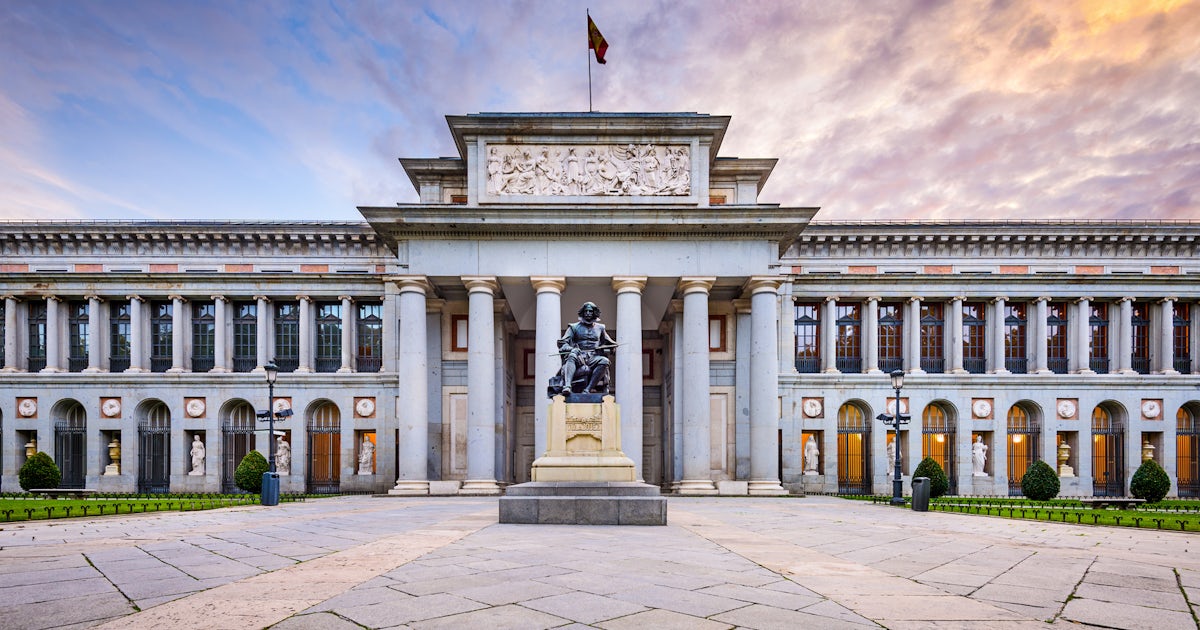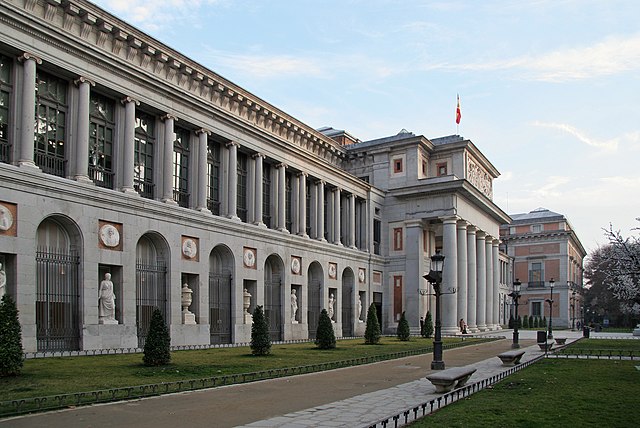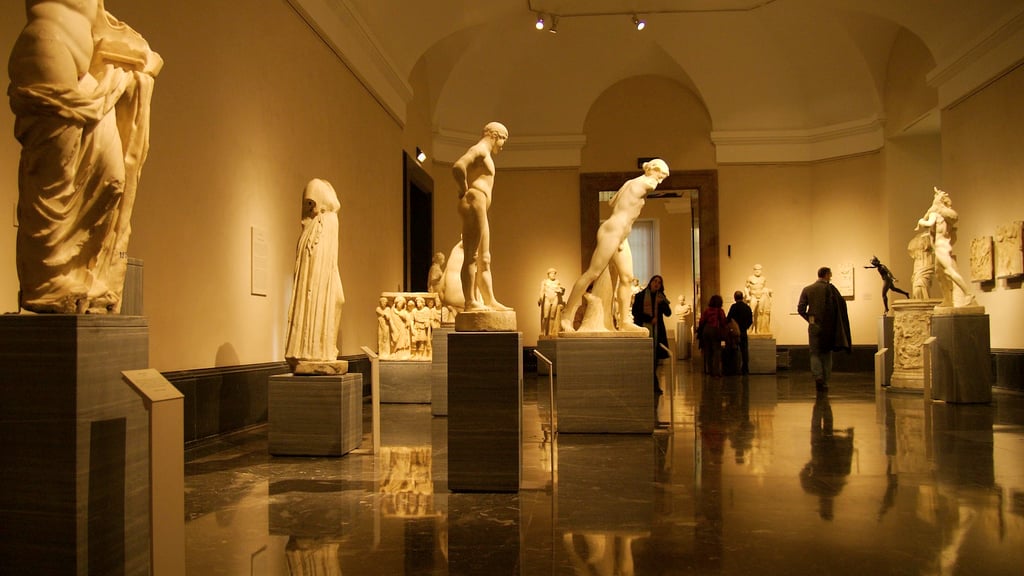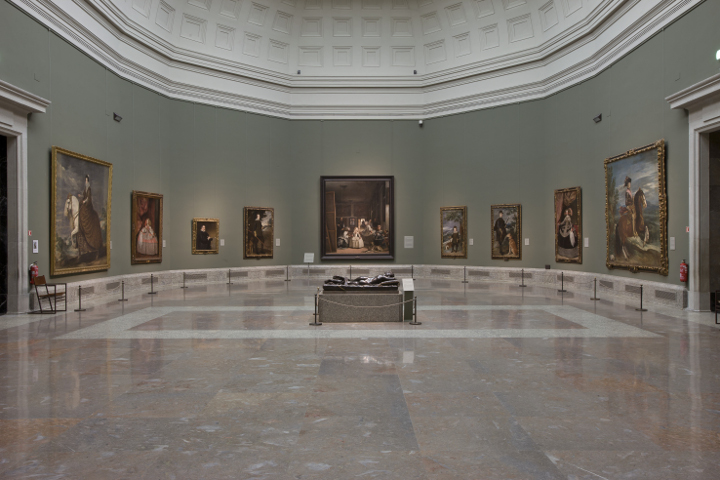



The Prado Museum is one of the most important art galleries in the world and is located in Madrid, Spain.

On display are works by major Italian, Spanish and Flemish artists, including Francisco Goya, Hieronymus Bosch, El Greco, Pieter Paul Rubens, Titian, Diego Velázquez.

The building that houses the Prado Museum was commissioned by Charles III of Spain, as was the Gabinete de Historia Natural, along with a series of scientific institutions located in the urbanization project called Salón del Prado. To this end, Charles III was able to rely on one of his favorite architects, Juan de Villanueva, author, in addition to the seat of the Museum, of the nearby botanical garden.

The architectural project of the current art gallery was approved in 1786 by Charles III, revealing the culmination of Villanueva's career and one of the leaders of Spanish neoclassicism, although, to be honest, given the long duration of the works and subsequent avatars, the final result is it would distance you from the initial design.

Although the construction took place during the reigns of Charles III and Charles IV of Spain, upon its completion in the early nineteenth century, the arrival of French troops in Spain and the subsequent war of independence left heavy traces in the building, which was intended for military purposes (cavalry barracks), reaching almost total destruction. Only thanks to the interest shown by Ferdinand VII and, above all, to his second wife Maria Isabella di Braganza starting from 1818 began his recovery of the structure on the basis of new drawings by Villanueva, replaced at his death by his disciple Antonio López Aguado.

The first denomination of the museum, Museo Real de Pinturas, was attributed on 19 November 1819, displaying some of the best works of the Royal Spanish Collection, transferred from the various royal sites. The oval hall (the current Sala di Velázquez), which at that time had a balcony from which one could see the sculpture gallery of the floor below, will later be christened in recognition of his work.

In this period the museum has 3 rooms and 311 paintings, however in the following years new rooms and works of art will be added, making it independent from the aggregation with the funds of the controversial Museo de la Trinidad, created starting from seized art works by virtue of the Ley de Desamortización of Mendizábal (1836) and merged with the Prado in 1974.
Prado Museum
Address: Paseo del Prado, s/n, 28014
Phone: +34 913 30 28 00
Site:
https://www.museodelprado.es/Location inserted by
CHO.earth